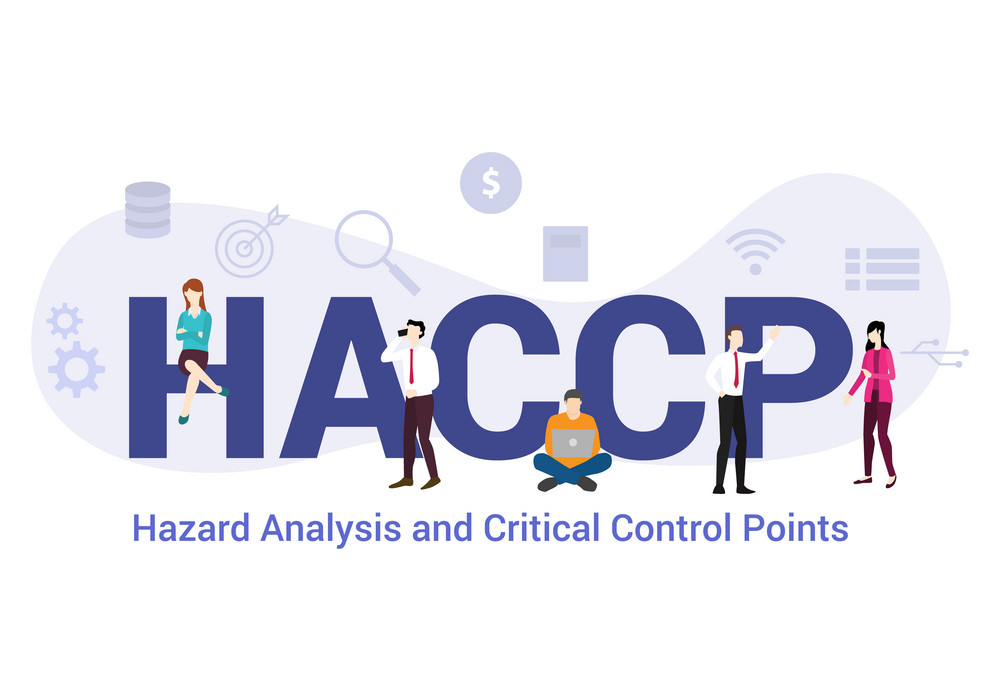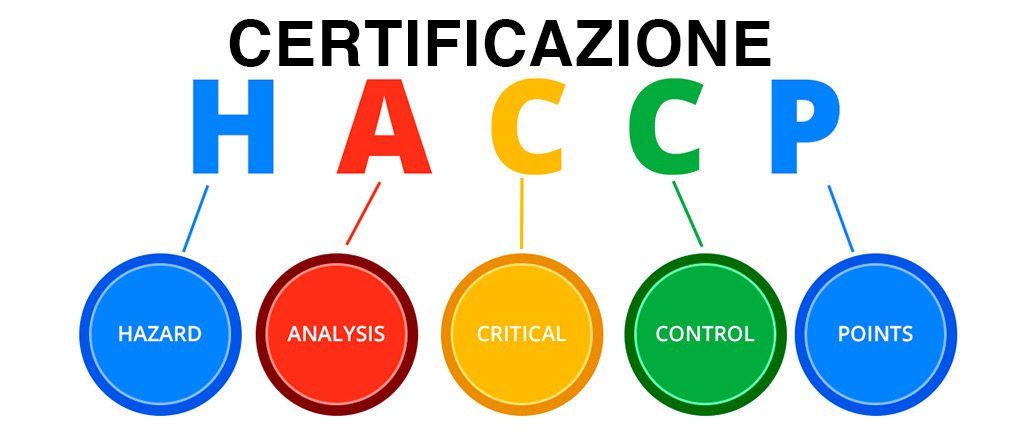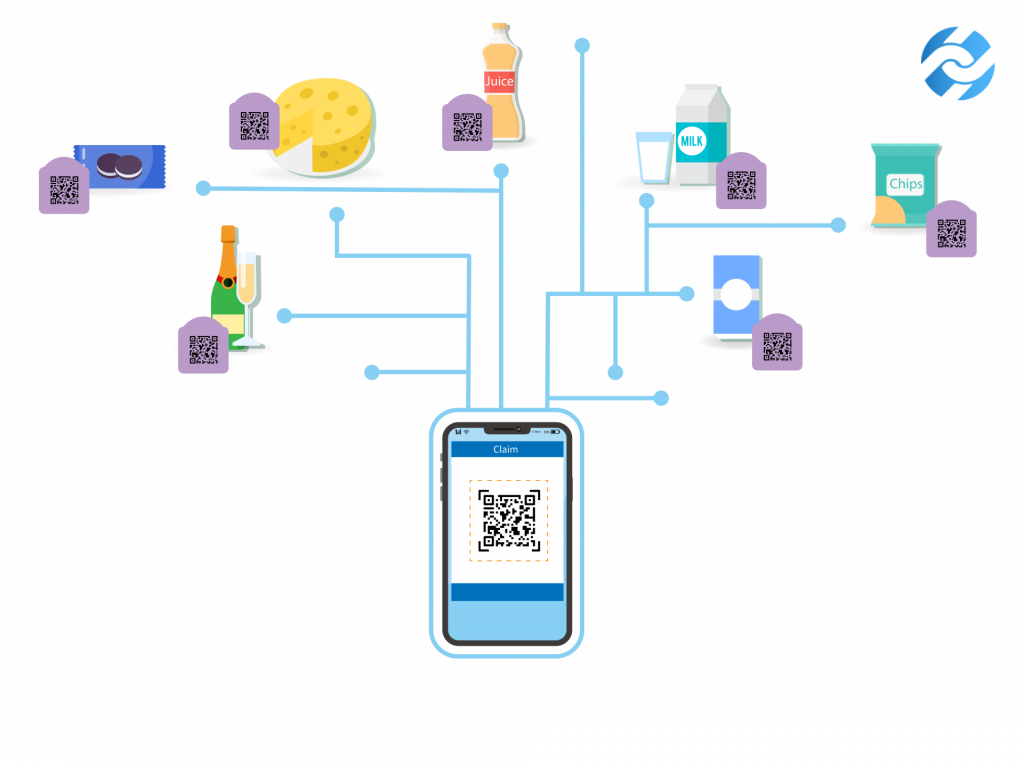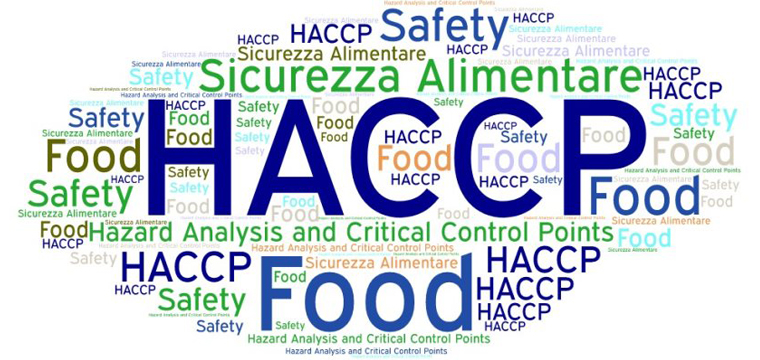HACCP is required by many countries around the world to apply in food production and processing. Currently, many exporters in Vietnam have applied HACCP standards in production and processing to meet the requirements of many countries in the world.

What is HACCP?
HACCP means Hazard Analysis and Critical Control Points. This is a system established to manage hazards and principles to ensure food is fresh and safety during production and processing. The HACCP standard includes systematic assessments of the steps in food processing, along with that is identifying key steps related to food safety. This method prevents all hazards based on science.
HACCP focuses primarily on health, not product quality. However, this is the standard and basis of almost food quality and food safety assurance systems. One special point is that the HACCP standard is attaching special importance to prevention more than on checking the composition of food.

The HACCP principles
Principle 1 – Conduct a Hazard Analysis
The application of this principle involves listing the steps in the process and identifying where significant hazards are likely to occur. The HACCP team will focus on hazards that can be prevented, eliminated or controlled by the HACCP plan. A justification for including or excluding the hazard is reported and possible control measures are identified.
Principle 2 – Identify the Critical Control Points
A critical control point (CCP) is a point, step or procedure at which control can be applied and a food safety hazard can be prevented, eliminated or reduced to acceptable levels. The HACCP team will use a CCP decision tree to help identify the critical control points in the process. A critical control point may control more that one food safety hazard or in some cases more than one CCP is needed to control a single hazard. The number of CCP’s needed depends on the processing steps and the control needed to assure food safety.
Principle 3 – Establish Critical Limits
A critical limit (CL) is the maximum and/or minimum value to which a biological, chemical, or physical parameter must be controlled at a CCP to prevent, eliminate, or reduce to an acceptable level the occurrence of a food safety hazard. The critical limit is usually a measure such as time, temperature, water activity (Aw), pH, weight, or some other measure that is based on scientific literature and/or regulatory standards.
Principle 4- Monitor CCP
The HACCP team will describe monitoring procedures for the measurement of the critical limit at each critical control point. Monitoring procedures should describe how the measurement will be taken, when the measurement is taken, who is responsible for the measurement and how frequently the measurement is taken during production.
Principle 5 – Establish Corrective Action
Corrective actions are the procedures that are followed when a deviation in a critical limit occurs. The HACCP team will identify the steps that will be taken to prevent potentially hazardous food from entering the food chain and the steps that are needed to correct the process. This usually includes identification of the problems and the steps taken to assure that the problem will not occur again.
Principle 6 – Verification
Those activities, other than monitoring, that determine the validity of the HACCP plan and that the system is operating according to the plan. The HACCP team may identify activities such as auditing of CCP’s, record review, prior shipment review, instrument calibration and product testing as part of the verification activities.
Principle 7 – Recordkeeping
A key component of the HACCP plan is recording information that can be used to prove that the a food was produced safely. The records also need to include information about the HACCP plan. Record should include information on the HACCP Team, product description, flow diagrams, the hazard analysis, the CCP’s identified, Critical Limits, Monitoring System, Corrective Actions, Recordkeeping Procedures, and Verification Procedures.
Does HACCP have rules for traceability?
HACCP is applied throughout the food supply chain, from start to finish. One of the requirements of this standard to prevent hazards is to record information about the production process and to process food among time according to the provided form. All information on the product development process, feeds, medicines, additives, etc, is recorded. This is a measure for recording product origin information so that it can be traced when necessary.

Benefits of applying HACCP
– For businesses: enterprises applying HACCP standards can manage production better, improve product quality and food safety. From that, improving the reputation of the business in the market, increasing competitiveness and potential exporting products to major countries.
– For the government: improve community health, improve efficiency in control food, reduce costs for public health, create favorable conditions for commerce trade development and create trust on the food supply for customers
– For consumers: use safe products, reduce health risks from dirty food, improve health and self-assurance when shopping.
Since the 1990s, Seafood import markets required Vietnam to apply HACCP standards, domestic businesses have started to apply. Currently, almost food exporting businesses have applied this standard in production and processing. Food manufacturing and processing businesses in Vietnam usually build HACCP systems and are certified according to one of standards such as TCVN 5603: 2008 (the old version is TCVN 5603: 1998), HACCP Code 2003 (of Australia).



